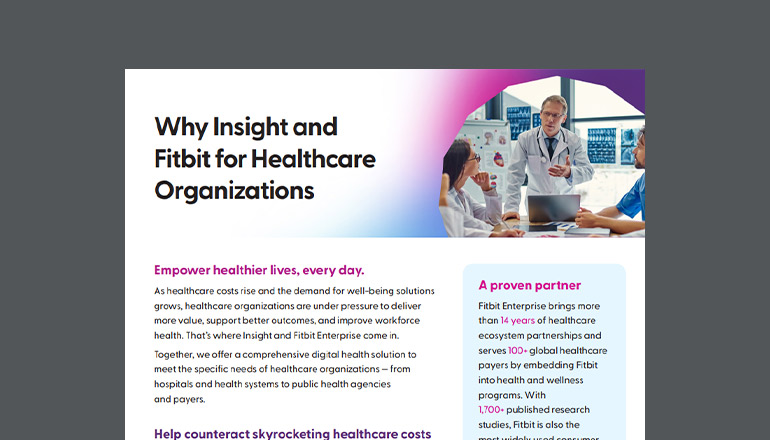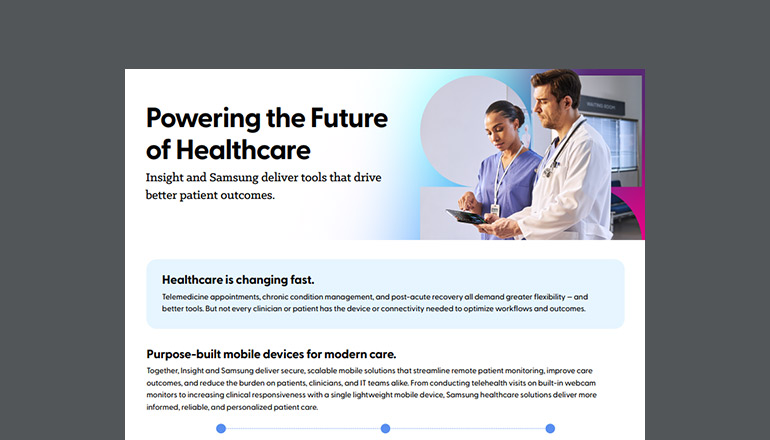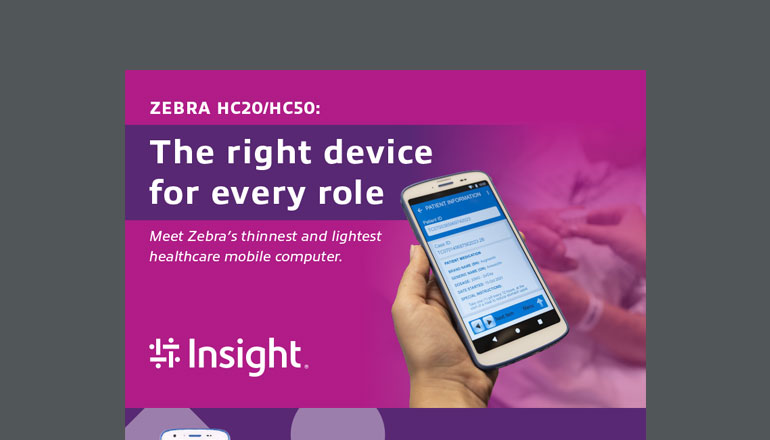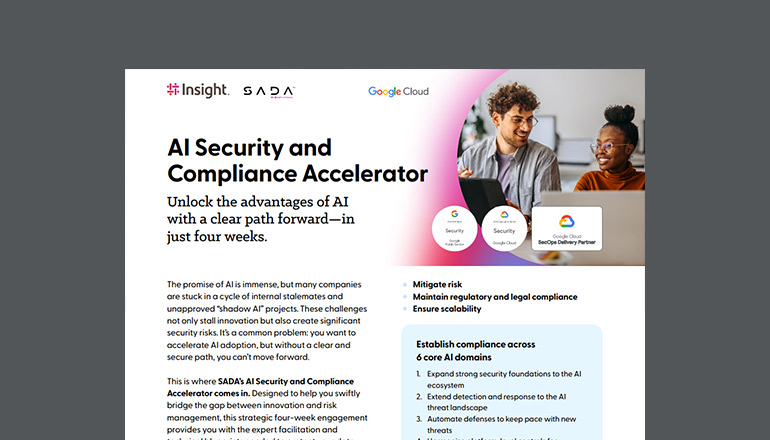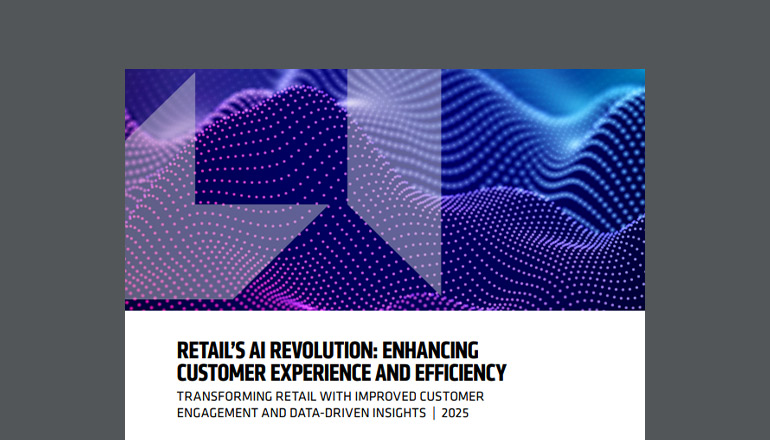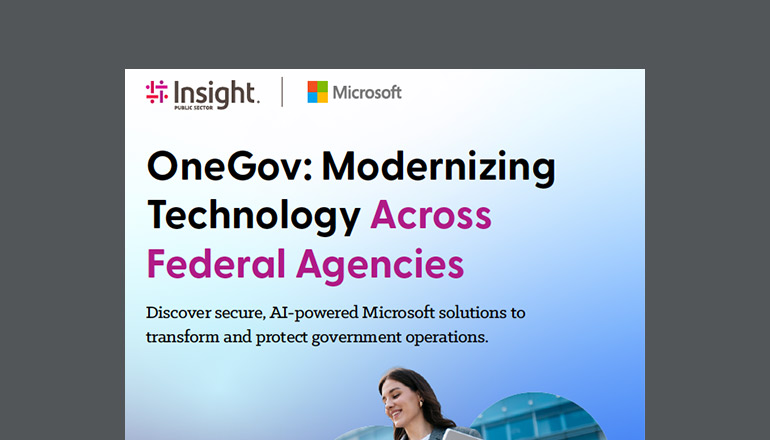Article COVID-19 and Government IT: The True Value of Data Centricity
Prioritizing data means a safer way forward — no matter what curveballs are thrown at federal, state and local agencies.
By Insight Editor / 25 Sep 2020 / Topics: Artificial Intelligence (AI) Analytics

In the wake of COVID-19, ensuring secure, reliable data and analytics is more important than ever.
An ever-evolving public health crisis has made uncertainty par for the course. And improving service for citizens while keeping everyone safe now hinges on collecting and acting on accurate data. Without data, decisions about how to move forward are reduced to shots in the dark. We see data and analytics as table stakes during this time. Here are a few benefits government IT can expect when they make the shift to data centricity.
Improving government response and resource allocation
Armed with data about the scope and scale of important initiatives and available resources, government agencies are able to work more efficiently, assigning the best people for the right tasks at the right times.
Hospitals can leverage data to properly move resources around such as ICU beds, Personal Protective Equipment (PPE), medical staff and more. The ability to share this data with other hospitals is invaluable; it can help prevent overcrowding as patients are referred to locations that will best serve their needs while lessening the burden on doctors, nurses and other essential caregivers.
In hybrid work setups, understanding the best ratio of in-person to remote workers can help agencies invest in the right types and amount of workplace technology — as well as determine what resources IT needs to manage the employee ecosystem on the backend.
Back to work, but safer: At Insight, we're using a thermal detection solution in our offices to keep teammates safe. See how it works.
Funds and budgets are vital resources in government. In Insight's 2020 Pulse Survey: The Impact of COVID-19 on Public Sector Readiness, more than half of IT professionals saw an increase in budget requirements due to the pandemic. Robust data about where and how funds are being used can help agencies allocate funds more strategically in the event of disruption.
Keeping the public informed
As of September 2020, a Google search for "coronavirus data by state" yields a search result volume of more than 4 billion. Citizens across the U.S. have an unprecedented need for knowledge — they want to know how the numbers are fluctuating across many categories, from case counts and hospitalizations to unemployment rates and the broader economy.
The public sector now has a momentous responsibility to be transparent about the pandemic's effect on the broader population. And this responsibility is twofold: Relaying the numbers is one thing, but providing direction around that data is critical as citizens look to the government for answers. As government organizations become more data driven, it's important to remember that data alone won't change the world — it's the people using it who will.
